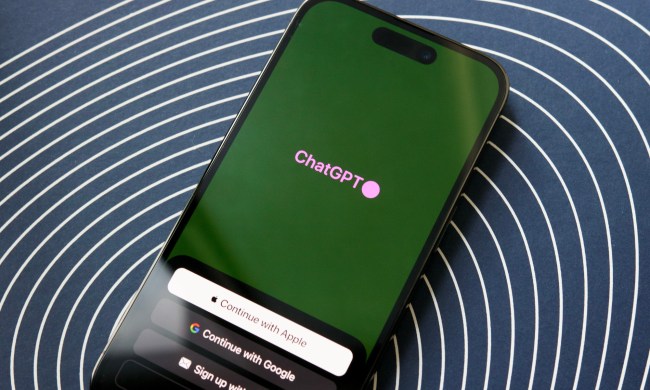
Hot on the heels of its $6.6 billion funding round, OpenAI on Thursday debuted the beta of a new collaboration interface for ChatGPT, dubbed Canvas.
“We are fundamentally changing how humans can collaborate with ChatGPT since it launched two years ago,” Canvas research lead Karina Nguyen wrote in a post on X (formerly Twitter). She describes it as “a new interface for working with ChatGPT on writing and coding projects that go beyond simple chat.”
For the first time we are fundamentally changing how humans can collaborate with ChatGPT since it launched two years ago.
We’re introducing canvas, a new interface for working with ChatGPT on writing and coding projects that go beyond simple chat.
Product and model features:… pic.twitter.com/ruVvtCNKrV
— Karina Nguyen (@karinanguyen_) October 3, 2024
Canvas appears to work much like Claude’s Artifacts window (which is available for free), providing users with a real-time view of the chatbot’s output in a separate window outside of the chat stream. The feature reportedly works autonomously with ChatGPT automatically launching Canvas when it “detects a scenario in which it could be helpful,” per the announcement post.
With it, users can provide the AI inline feedback on its generated content, either for specific lines or the body of work as a whole. They’ll be able to highlight specific sections of code or text for ChatGPT to focus on and revise, or directly edit the output themselves. Canvas will even enable users to actively command ChatGPT to research specific subjects on the internet and incorporate that new information into the current project.
Canvas will also introduce a shortcuts menu of common tools, such as suggesting edits, adjusting the output length or reading level (from kindergarten to grad student), debugging code, adding emoji, and adding “final polish,” which checks for grammar, clarity, and consistency. Coding tasks have a shortcut menu of their own. Users will have quick access to tools like Review Code, Add Logs, Add Comments, Fix Bugs, and Port to a Language, which translates code between JavaScript, TypeScript, Python, Java, C++, and PHP.
We’re rolling out an early version of canvas—a new way to work with ChatGPT on writing & coding projects that go beyond simple chat.
Starting today, Plus & Team users can try it by selecting “GPT-4o with canvas” in the model picker. https://t.co/GoGZiRzCsB
— OpenAI (@OpenAI) October 3, 2024
Canvas is still in beta release and, as such, is currently only being made available to Plus and Teams subscribers. Enterprise and Edu users will receive access next week, ChatGPT Free users will be able to try it once it’s out of beta.
Update: This post was updated to include additional information about canvas’ release timing.



